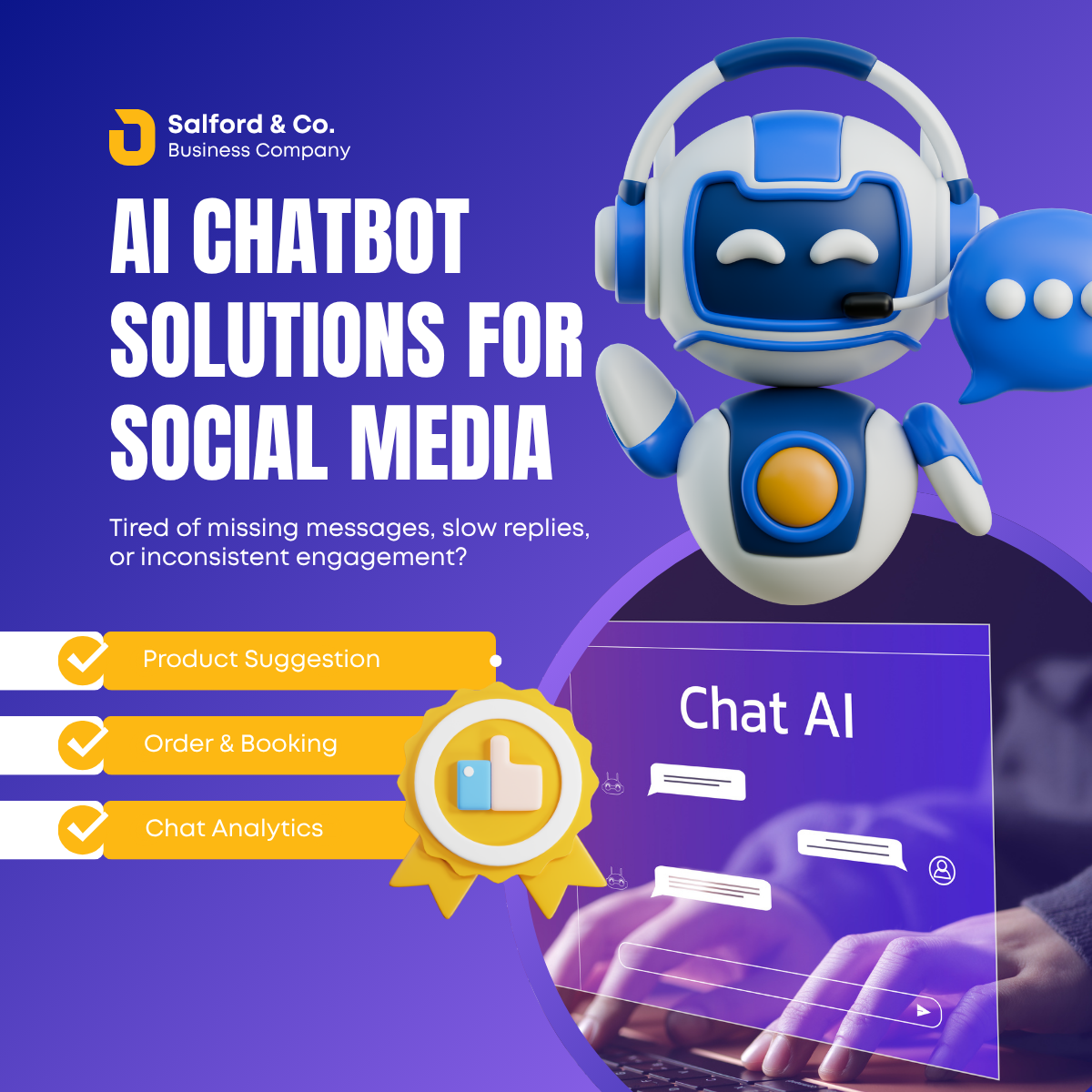How to Build an AI Assistant with ChatGPT API [2025]
Learn how to build your own AI assistant using the ChatGPT API in 2025. This guide covers key steps including API setup, conversation memory, tool integration, and user personalization—ideal for developers and creators looking to build powerful, context-aware assistants for websites, apps, or automation workflows.
![How to Build an AI Assistant with ChatGPT API [2025]](https://openaiworld.info/uploads/images/202507/image_870x_68762813e3fe3.jpg)
How to Build an AI Assistant with ChatGPT API [2025]
Creating your own AI assistant is easier than ever in 2025 thanks to OpenAI’s powerful ChatGPT API and tools like the Assistants API. Whether you're building a personal productivity bot, a customer service chatbot, or an AI companion inside an app, OpenAI gives you everything you need to build a smart, context-aware, and scalable assistant.
This guide walks you through the essential steps to build an AI assistant using the ChatGPT API.
What You Can Build with the ChatGPT API
With OpenAI’s tools, your assistant can:
-
Hold multi-turn conversations
-
Call external tools/APIs to fetch or send data
-
Understand file uploads and images (with GPT-4o)
-
Store long-term memory (with persistent threads)
-
Act as a tutor, planner, coder, support agent, and more
You can deploy it via websites, mobile apps, messaging platforms, or internal systems.
Step 1: Set Up OpenAI API Access
-
Sign up at https://platform.openai.com
-
Go to your API keys
-
Copy your secret API key (keep it private)
You’ll need a billing setup for usage. Free-tier limits apply.
Step 2: Choose the Right Model
For most assistants, use:
-
gpt-4o(GPT-4 Omni): Best for real-time, multimodal, cost-effective interactions -
gpt-4-turbo: Great for deep reasoning and larger contexts -
gpt-3.5-turbo: Lightweight and budget-friendly for simpler use cases
Step 3: Use the Assistants API (Recommended)
OpenAI's Assistants API simplifies managing conversation memory, tools, and threads.
✅ Create an Assistant:
Body:
Step 4: Start a Conversation (Thread)
Create a conversation thread:
Add a user message to the thread:
Run the assistant with the thread:
Then poll /runs/{run_id} until status is completed.
Step 5: Add Tools to Your Assistant
Common tools:
-
Code Interpreter: Solve math, work with CSVs, generate charts
-
Retrieval: Upload documents the assistant can “read”
-
Functions (Custom APIs): Integrate with your backend
Example function schema:
Step 6: Add Memory (Optional but Powerful)
Use persistent threads or store user preferences in a database to simulate memory.
Example:
-
Remember name, timezone, goals, etc.
-
Use tags to link past conversations
Memory will soon be native to Assistants API (expected Q3 2025+ for full rollout).
Step 7: Deploy Your Assistant Anywhere
You can embed the assistant in:
-
Web apps (React, Vue, plain HTML + JS)
-
Mobile apps (Flutter, React Native, Android/iOS)
-
Slack, Discord, WhatsApp, or internal dashboards
Use WebSockets or polling for real-time UX.
Security & Rate Limits
-
Use API key protection (env vars, proxy servers)
-
Respect rate limits (based on model & account tier)
-
Avoid exposing your API keys on the frontend
Pricing Overview (2025)
| Model | Input Tokens | Output Tokens | Notes |
|---|---|---|---|
| GPT-4o | $0.005 / 1K | $0.015 / 1K | Fast, voice/vision capable |
| GPT-4-turbo | $0.01 / 1K | $0.03 / 1K | High performance, large context |
| GPT-3.5-turbo | $0.0005 / 1K | $0.0015 / 1K | Lightweight, budget use cases |
Example Use Cases
-
Personal productivity assistant
-
AI-powered customer support agent
-
AI tutor or language coach
-
HR or onboarding assistant
-
Healthcare chatbot (with HIPAA-safe setup)
-
Voice-enabled AI companion using GPT-4o


 author
author 








